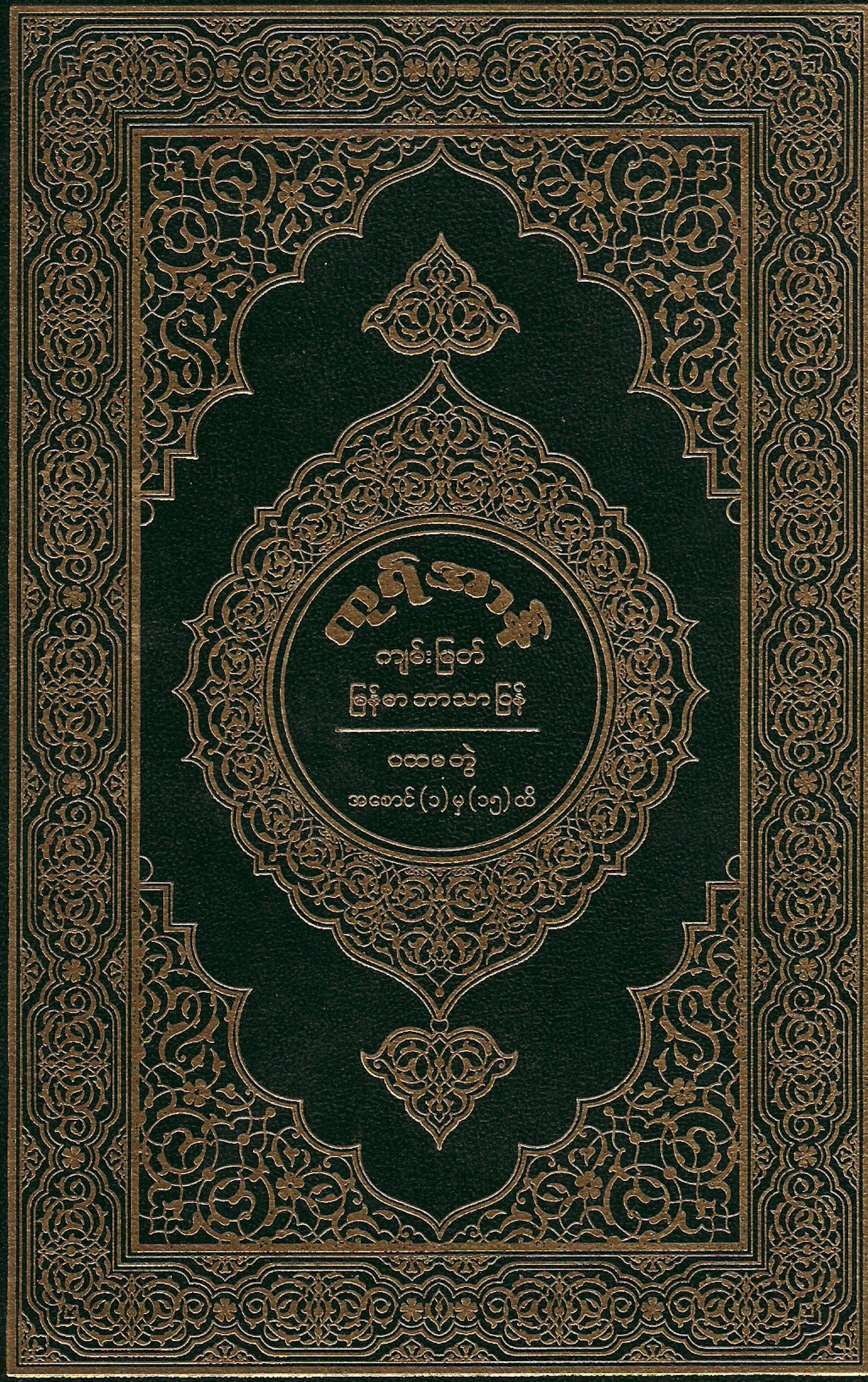The qualities of the Prophet
(peace be upon him)
The outstanding qualities of the Prophet (pbuh) were his_
-
truthfulness,
-
sincerity,
-
simplicity,
-
warmth
-
and generosity.
-
He always maintained that he was no more than a slave of God,
-
whose duty it was to deliver Allah’s message
-
and who devotedly served his Master and Lord.
He worked as_
-
a labourer,
-
shepherd,
-
business man,
-
preacher,
-
teacher,
-
lawgiver,
-
judge,
-
head of the community and state,
-
and leader of the prayers.
He married and raised a family.
-
He gave women the right of inheritance,
-
independent of men.
-
Although polygamy was not altogether abolished,
-
it was restricted,
-
with a strong recommendation for monogamy.
Even at the height of his mission’s success,
the Prophet (pbuh) lived in_
-
stark poverty,
-
cobbling his own shoes
-
and patching his own clothes.
He was always accessible to everybody.
-
People belonging to all stations of life would come to him
-
seeking advice concerning every aspect of their personal life.
-
This relationship between the Prophet (pbuh) and his followers pleased God,
-
and this pleasure was confirmed in a revelation:
“Now, there has come to you a messenger from among yourselves. Grievous to him is your suffering; anxious is he over you; gentle to the believers, compassionate.” [173]
He never asked any man to do anything he himself was unable to do.
-
He prayed longer than anybody,
-
worked harder than anybody,
-
and endured suffering more than anybody.
-
For Muslims, he is the ideal example to be followed.
As the Qur’an declares:
“Ye have indeed in the Apostle of God a beautiful pattern (of conduct) for anyone whose hope is in God and the Final Day and who engages much in the remembrance of God.” [174]
Non-Muslims communities under
the Islamic State of Prophet Muhammad
(Peace be upon him)
Prof. Chandra Muzafa,
Just World
Muhammad (pbuh) formed a city-state in Medina based on the pattern of a commonwealth, with the minority Jewish population and the Muslims, who constituted the majority, forming two units with Muhammad (pbuh) as the head. [156]
-
The Jews were to be governed by their own laws, which were to be administered by their own rabbis. [157]
-
The Prophet offers an inspiring example of a leader who sought to accommodate the non-Muslim communities of his time in Medina,
-
through a constitution which ensured equality and justice for all the city’s Inhabitants.
-
The constitution of Medina encouraged cooperation and solidarity among Muslims, Christians and Jews.
-
The Prophet also forged a treaty with the Christian monks of Najran.
-
The treaty of Najran pledged to protect their religious rights
-
and to preserve the sanctiity of their monastery.
-
Here again the Prophet translated into concrete action the Koranic injunctions on religious tolerance and understanding.
-
The generosity and magnanimity of Caliphs such as Omar ibn-Khattab and Ali ibni-Talib towards Christians and Jews testifies to the tolerance of Islam.
-
The accommodative attitude of the Muslim leaders and people towards non-Muslims living in their midst was so remarkable and revealed to both Muslims and non-Muslims the real meaning of Islamic tolerance.
We shall now provide some concrete examples of Muslim tolerance and accommodation in different parts of the world from the middle of the seventh century to about the early eighteenth century to show how widespread these attitudes were within the Muslims. To start with, it was the second Caliph, Omar, who in 638 AD
-
allowed the Jews to return to Jerusalem
-
after the Romans, who had expelled the Jews centuries before,
-
and the Christians, who replaced them as the imperial power, imposed a total ban upon the Jews.
Later, in 1099, when the Jerusalem was liberated by the famous Muslim ruler, Salahuddin al Ayoubi in 1187 Christians were given free access to their places of worship, their holy sites and those of the Jews were protected by the Muslim government.
In Spain where the Muslims ruled from 711 until the fall of Grenada in 1492, the three Abrahamic communities Christians, Jews and Muslims – lived in great harmony for long periods of time. Andalusia, Al-Andalus, as Islamic Spain was known as an exemplar of religious tolerance.
-
It also produced a flowering of science, arts and letters.
-
All communities participated in this intellectual and aesthetic blossoming of Andalusia.
-
In fact, Andalusia gave birth to some of the most magnificent works of philosophy and culture within the Jewish tradition.
Muslim rule in India was also, on the whole, tolerant and compassionate.
It was not just Mughal rulers such as Akbar and Shah Jahan who attempted to bring together Muslims, Hindus and Jains in various cultural and artistic enterprises.
Even Aurangzeb, often described in western history books as a ‘bigot’ was very accommodative towards the non-Muslims in his Empire.
He employed the largest number of Hindus in the highest echelon of administrative and military service.
Tipu Sultan, Indian Muslim king, appointed Hindus as his Prime Minister and the commander-in-chief of his armed force.The tolerant, accommodative attitude of the Malay-Muslim community mirrors a larger Islamic worldview.
Acceptance and accommodation of the ‘others’ is part and parcel of Islamic culture.
This does not mean that there are no instances of Muslim discrimination of, or, oppression against non-Muslims. It would be very naive to hold such a view. There are Muslims who at various points in history have done terrible things to non-Muslims sometimes in the name of Islam. But these are aberrations. They do not reflect mainstream Muslim attitudes or values, which everything considered, have been just and fair to non-Muslim communities.












+(Small).jpg)


Leave a comment